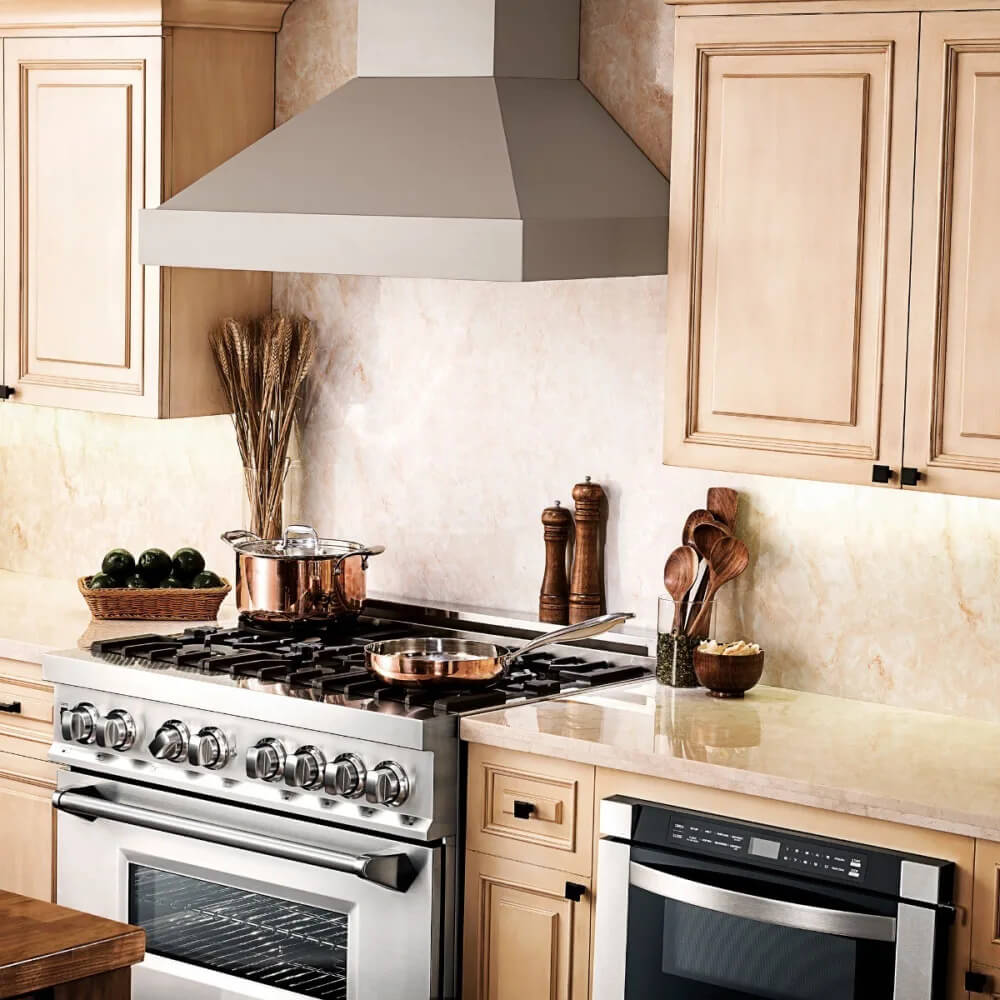The Impact of Gas Stoves on Indoor Air Quality

Misleading stories about gas stoves and their impact on indoor air quality periodically make headlines. These narratives often spark concern among homeowners about the safety and health implications of using gas stoves. To provide clarity on this matter, it’s essential to examine the facts and studies related to gas stoves, their impact on indoor air quality, and overall safety.
The Facts
Contrary to popular belief, heating and cooking with natural gas stoves is not associated with asthma in children or adults. This finding is supported by a major study published in 2024 in The Lancet medical journal, funded by the World Health Organization. This study provides a comprehensive overview, debunking the myth that gas stoves directly contribute to respiratory issues such as asthma.
Competing Studies on Indoor Air Quality
There are various studies with differing conclusions about the impact of different types of stoves on indoor air quality. For instance, a study by Stanford University has gained attention for its claims about gas stoves. However, this study has significant limitations:
- Sample Size and Conditions: The Stanford study was based on an extremely small sample size and conducted under unrealistic cooking conditions. As a result, it does not provide a clear or comprehensive picture of the particulate matter generated from electric cooking.
- Cooking Activity: The act of cooking itself, regardless of the type of stove, can reduce indoor air quality. This includes factors such as the release of particulate matter and volatile organic compounds from heated food and cooking oils.
Maintaining Indoor Air Quality
There are several measures homeowners can take to maintain good indoor air quality while cooking:
- Proper Ventilation: Using a kitchen hood or simply opening a window can significantly improve air circulation and reduce the concentration of pollutants.
- Cooking Oil Temperature: Heating cooking oil at appropriate temperatures can prevent the release of harmful fumes.
- Professional Installation and Maintenance: Engaging a qualified technician to install and regularly service the stove ensures its safe and efficient operation.
Safety Comparisons
When evaluating the safety of appliances, it’s important to consider more than just their impact on indoor air quality:
- Fire Safety: According to a 2023 study by the National Fire Protection Association (NFPA), electric ranges pose a higher fire risk compared to gas ranges. The study found that electric ranges cause household fires at a rate 2.4 times greater than gas ranges, with civilian injuries occurring at a rate 3.6 times higher and civilian deaths at a rate 1.9 times higher. Additionally, the average fire-related dollar loss per household was 3.2 times higher for homes with electric ranges.
- Emissions and Environmental Impact: While emissions from electric stoves are not released directly into homes, over 60% of electricity in the United States is generated from burning natural gas or coal. This contributes to air pollution around power plants and results in a high carbon intensity of the U.S. electric grid (130 gCO2eq/MJ), compared to propane’s carbon intensity of 79 gCO2eq/MJ.
Common Sense Safety Measures
Regardless of the type of stove, there are inherent risks associated with any household appliance. Following common sense safety measures can ensure the safe use of stoves:
- Ensure proper installation by a qualified technician.
- Conduct regular maintenance and service checks.
- Use ventilation systems to improve air quality while cooking.
- Be cautious with the temperature and duration of cooking processes.
Conclusion
Misleading stories about gas stoves and indoor air quality often cause unnecessary alarm. The reality is that, with proper ventilation and safety measures, gas stoves are not inherently more dangerous or harmful to indoor air quality than their electric counterparts. Understanding the facts and engaging in safe cooking practices can help mitigate any risks and ensure a safe and healthy home environment.
